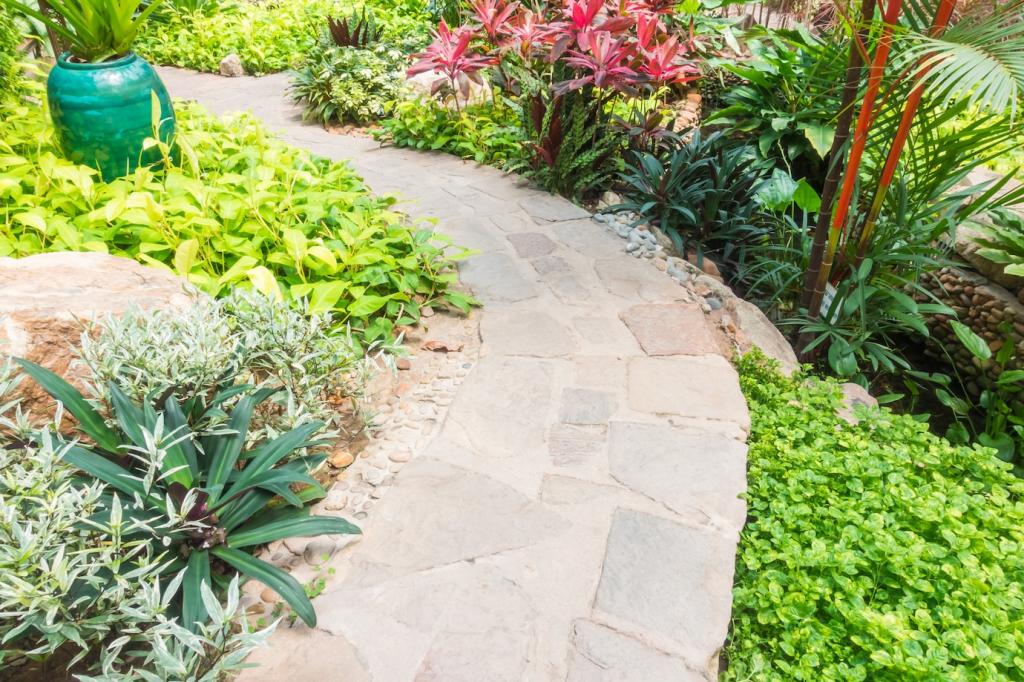Reading the Land: Why Erosion Starts and How to Spot It
Look for small clues: exposed roots, tiny gullies after rain, mulch displaced downhill, muddy puddles on patios, and sediment stains near drains. Snap photos after storms and compare over weeks to see subtle patterns emerge.
Reading the Land: Why Erosion Starts and How to Spot It
Clay, silt, and sand behave differently under rain. Clay seals and sheds water; sand drains but loosens; silt smears and slides. Test texture by feel, observe infiltration with a simple ring test, and design accordingly for resilience.









